Quantum computers promise to give industry and science a boost when it comes to solving complex tasks in the future. But how exactly do quantum computers work and which model currently has the highest computing power?
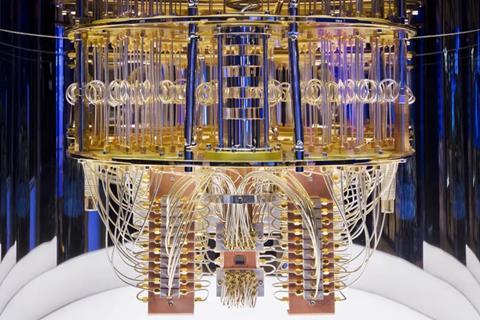
The increasing complexity of products and production processes has led to calls for a significant increase in computing power in recent years. Even high-performance systems are reaching their limits, particularly in areas such as materials science, pharmaceutical research and artificial intelligence. The need for more powerful computers that are able to handle extremely complex and computationally intensive tasks is constantly growing.
What began in the 1960s and 1970s as a theoretical thought experiment by IBM researchers such as Richard Feynman and Yuri Manin has now developed into one of the most exciting and promising research fields in computer science: quantum computing. This technology could soon play a key role in solving problems that are insurmountable for conventional computers, even the most powerful supercomputers. The potential of quantum computers extends far beyond the performance limits of classical computers and promises to fundamentally revolutionise areas such as cryptography.
How does a quantum computer work?
The secret of quantum computers lies - unlike in conventional computing processes - in the so-called qubits. In contrast to information usually stored in the form of bits, which assume either the state of one or zero, a qubit can be both at the same time thanks to a phenomenon called superposition. It can hold this state until it is examined more closely or measured. This special feature enables a quantum computer to “calculate” many possible states simultaneously, instead of checking each state one after the other, as a classical computer would have to do. This allows the system to achieve enormous parallelism and to solve certain problems much faster than classical computers.
The first uses of a few, fragile qubits date back to the 1980s. As a result of many years of improvements, experts now see the technology as a promising way to carry out very complex calculations in the future. Certain types of mathematical problems can be translated into quantum equivalents. However, in order to function reliably, numerous external parameters must be correct. Put simply, the systems require insulation against external influences, for example in the form of appropriate cooling, a vacuum or electromagnetic shielding.
A few years ago, IBM experts predicted an ever-increasing number of qubits and their prediction was correct: the IBM quantum processor Hummingbird with 65 qubits, which was presented in September 2020, was followed in the next three years by the models Eagle (127 qubits), Osprey (433 qubits) and Condor (1,121 qubits). In order to continue to promote the breakthrough of the technology, the cooperation of developers and users in collaboration platforms is still needed as a decisive lever.
Quantum System One marked a turning point
The first small breakthrough in the technology was marked in 2019 by the announcement of the so-called IBM Q System One. The world’s first circuit-based, commercial quantum computer was subsequently put into operation at the beginning of 2021 at its location in Ehningen near Stuttgart at the Fraunhofer Society. The system consists of a cooling and conduction unit (cryostat) that looks like a golden candelabra. At the lower end of the candelabra is the quantum chip. Behind it is a cabinet-sized control unit that sends the signals to the qubits and reads them out again. From the start, the system will be available to companies, research institutions and universities for their projects and tasks and will create a community of experts. Use is based on a kind of ticket system, which allows the computing capacity to be used on a monthly basis. The system is operated under German law, which should offer users great advantages in terms of data protection and IP security.
“Germany and Europe need a strong quantum computing ecosystem in order to be technologically up to date and remain globally competitive”
- Oliver Zipse, CEO, BMW
Industry establishes Quantum Technology and Application Consortiums (QUTAC)
Also in 2021, the technology received an additional boost with the founding of the Quantum Technology and Application Consortium, or QUTAC for short . The alliance of German companies, including Bosch, BMW and Volkswagen, aims to bring industry-relevant solutions for the technology, chemical and pharmaceutical, insurance and automotive industries to market maturity. The small circle of members allows for pragmatic exchange and rapid decision-making in the short and medium-term development of practical solutions, according to carmaker BMW. CEO Oliver Zipse said: “Germany and Europe need a strong quantum computing ecosystem in order to be technologically up to date and remain globally competitive.”
The Munich OEM has been a strong driver of quantum computing in the meantime. BMW invested 5.1 million euros in the professorship, equipment and staff for the new endowed chair at the Munich university. The support is to be provided over a period of six years. The Bavarian capital of Munich and the headquarters of the OEM is to be developed into the “Munich Quantum Valley” according to the wishes of those involved, whose various initiatives the state government has funded with 300 million euros. Since 2017, BMW has been identifying the application potential that quantum computer calculations could offer for optimisation in the shortest possible time as part of an interdisciplinary project team. Possible beneficiaries include production, parts logistics, vehicle development and materials research.
Superconducting processors or trapped ions?
But quantum computing also leaves room not only with regard to possible applications, but also for fundamental questions of a technical nature: While Google and IBM rely on superconducting circuits for the processor, the researchers in the IQuAn project - Ion Quantum Processor with HPC Connection - use a computer platform with trapped ions. ”Although superconducting quantum processors currently have more computing units, the quality of the computing operations is considerably better with trapped ions. That is why it makes sense to invest in this technology,” says Ferdinand Schmidt-Kaler from Johannes Gutenberg University Mainz, or JGU for short. Together with the development service provider Akka, JGU announced the connection of the quantum processor to the so-called Mogon II High Performance Computer in Mainz at the end of March 2021 as part of the start of this three-year project.
“Those who can master and use quantum technologies will secure significant competitive advantages”
- Achim Berg, President, Bitkom
According to Markus Müller, head of the Theoretical Quantum Technology research group at the Jülich Research Center, the technological approach of combining an ion trap quantum computer with high-quality computing operations with high algorithmic flexibility offers promising new application possibilities for both scientific and industrially relevant problems. However, a key criterion for the path to application is the miniaturisation of the complex optical structures and their integration into robust microsystems, says Uwe Zeitner from the Fraunhofer Institute for Applied Optics and Precision Engineering IOF. The Fraunhofer Institute for Laser Technology ILT and the provider of laser systems for research and development, Toptica Photonics, are also involved in the project and are tackling the miniaturisation and the corresponding processing processes.

First ion trap quantum computer is in Hamburg
The first quantum computer model based on ion trap technology, manufactured entirely in Germany, was unveiled in Hamburg in May 2024. Semiconductor manufacturers NXP, eleQtron and ParityQC, who work together in the QSea consortium of the DLR quantum computing initiative, jointly presented the demonstrator. The computer is intended to provide early access to real quantum computing resources, helping companies and research teams to exploit the benefits of quantum computing in applications such as climate modelling, global logistics and materials science. In order for this technology to be used effectively in solving complex challenges, a broader understanding of the capabilities of quantum computing is required.
The DLR QCI aims to build the necessary competencies by creating a quantum computing ecosystem in which business, industry and science work closely together to fully exploit the potential of this groundbreaking technology. The demonstrator was built at the DLR QCI Innovation Center in Hamburg and made available by the DLR QCI to industry partners and DLR research teams. With this collaboration, the three partners and the DLR QCI aim to promote and strengthen the development of an advanced quantum computing ecosystem in Germany. This will also support the strategic efforts of Germany and the European Union to strengthen digital sovereignty in this critical technology area.
Companies recognise opportunities of quantum computing
“Those who can master and use quantum technologies will secure significant competitive advantages,” Bitkom President Achim Berg is certain. According to a study conducted by Bitkom Research, for which 605 companies with more than 20 employees were surveyed, around 54 percent of companies believe that the development of quantum computers will be of great importance for the future competitiveness of the German economy.
According to the study, the importance of the topic also increases with the size of the company: While about every second company with 20 to 99 employees has aWhile the figure for large companies with more than 2,000 employees is 74 percent, the issue has reached politics: the federal government will invest around two billion euros in the coming years to support the research and application of quantum technology.
This feature was originally published in AMS’ German sister publication, automotiveIT and was written by Götz Fuchslocher. You can find the original: here.





























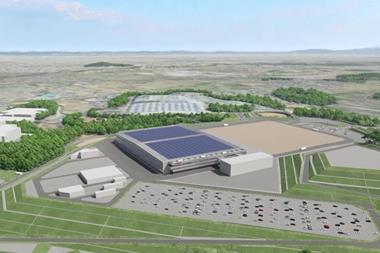

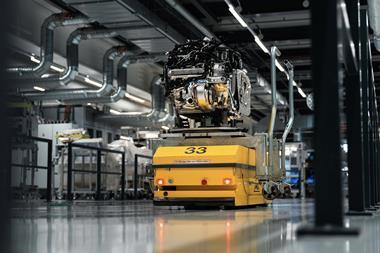

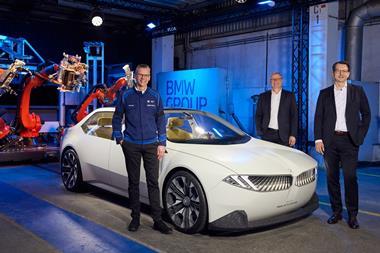
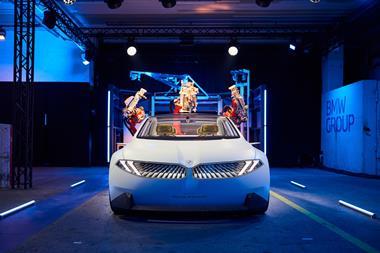



No comments yet